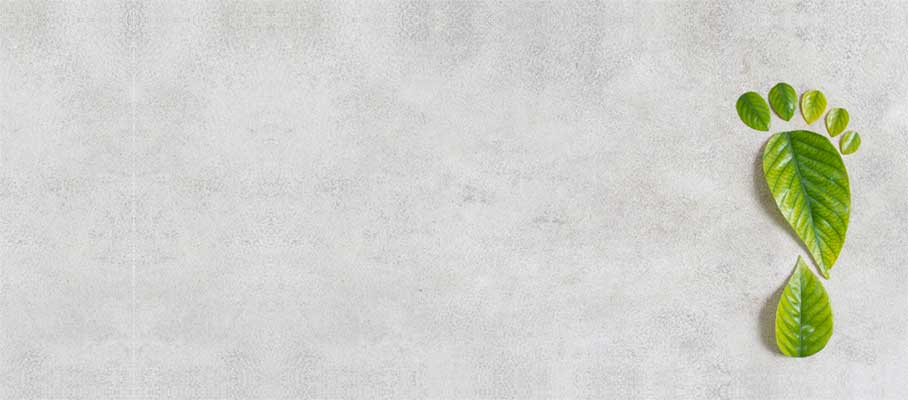
CALCANEAL SPUR
Calcaneal spur or Heel spur is defined as the tenderness over the calcaneal region. Pain initiates in the early morning when the person starts walking i.e. the pain exacerbates on walking after prolonged rest. A small osteophyte (bone spur) is formed in the calcaneus bone due to abnormal calcium deposit. Usually, the condition does not affect the day-to-day life. The main management method is by modifying the life-style.Ayurvedic View
The vata dosha gets aggravated due to over intake of dry, cold and light foods, inappropriate therapeutic measures, over-exertion etc. Thus aggravated vata gets localized in the ankle region either by placing the foot improperly while walking or by over-exertion of foot. This produces pain in the calcaneal region.
Causes
Those people who are more susceptible are :-
- Obese people
- Over-exertion of foot
- People who often wear high-heeled shoes
- People with flat-foot
Signs & Symptoms
- Tenderness while walking especially in the morning
- Pain is felt more while walking after prolonged rest
- Pain exacerbates on running, lifting heavy objects and during over-exertion of foot
Diagnosis
- Radiological examination :- X-ray
OSTEOPOROSIS
Osteoporosis can be defined as the loss in total mineralized bone, which causes low bone density and higher fracture risk. The term osteoporosis means ‘porous bone’. The disease becomes more common with age. More than half of the post-menopausal women and more than quarter of men over 45-50 years of age have a higher chance of osteoporosis related disorders and fractures. Until fracture manifests, there are usually no significant symptoms.Ayurvedic View
Excessive indulgence in food which is dry and cold, over physical exertion, suppresion of natural urges of the body, production of excess of metabolic wastes, etc cause the channels of vata dosha to become dry, which later fills with vitiated vata and produce various musculo-skeletal related symptoms and disorders. When this vitiated vata reaches the bone and the marrow, it causes splitting pain in bones and joints, loss of strength of muscles, and constant pain all over the body.
Causes
- Age factor
- In females; the main reason being menopause or surgical removal of ovaries
- Family history
- Low calcium and vitamin D intake
- Inactive life-style
- Tobacco smoking
- Conditions like hyperthyroidism, liver and renal disease
Signs & Symptoms
- Fractures are very common among osteoporotic patients
- Most commonly hip, spine, shoulder or wrist are affected
- Increased risk of falling
- Restricted and disordered movements
- Collapse
Diagnosis
- Measuring the Bone Mineral Density(BMD)
- Physical examination
- Radiological examination
- X-ray
- CT scan
- MRI
